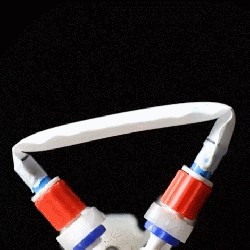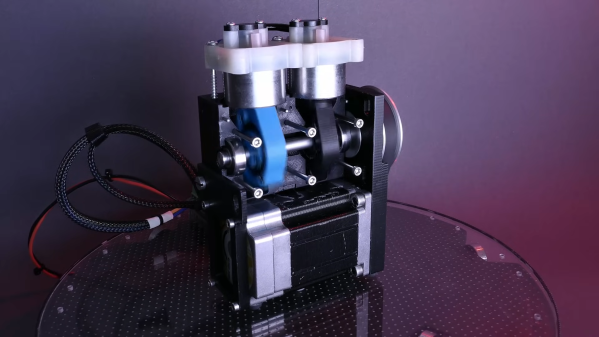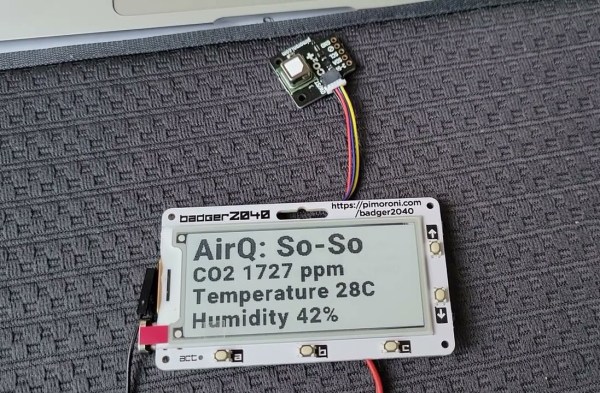Chemical warfare detection was never supposed to be a hobbyist project. Yet here we are: Air Quality Guardian by [debdoot], the self-proclaimed world’s first open source chemical threat detection system, claims to pack lab-grade sensing into an ESP32-based build for less than $100. Compare that with $10,000+ black-box hardware and you see why this is worth trying at home, even if this project might not have the nut cracked just yet.
Unlike your air monitor from IKEA, the device aims to analyze raw gas sensor resistance – ohm-level data most devices throw away – combined with temporal spikes, humidity correlations, and a database of 35+ signatures. Of course, there is a lot of work to be done here on the calibration side, and we don’t have any chemical warfare agents on hand to test against, so we have no idea how well it works, and we’d expect false positives. Still, the idea of taking a more granular look at the data coming off the sensor may bear some fruit.
(Editor’s note: edited with a hefty dash of skeptical salt.)
Featured Image by Arjun Lama on Unsplash


















